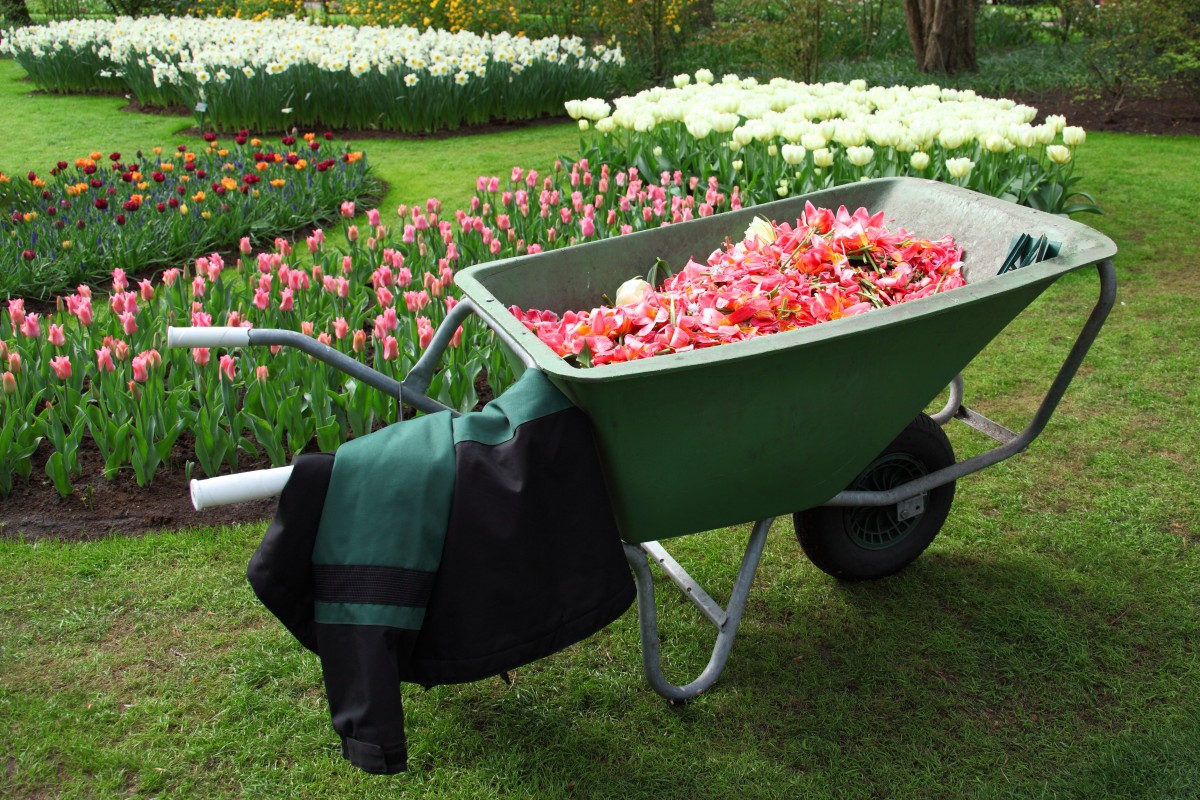Boost Veggie Yields with Companion Planting, A Complete Guide

Boost Veggie Yields with Companion Planting: A Complete Guide
Are you tired of lackluster vegetable yields in your garden? Companion planting could be the game-changer you've been looking for.
What is Companion Planting?
Companion planting is an age-old gardening technique that involves growing different plant species together to enhance their growth, health, and productivity.
The Power of Symbiotic Relationships
In nature, plants often form symbiotic relationships. Some plants attract beneficial insects, while others repel pests. Companion planting leverages these relationships to create a thriving vegetable garden.
Beneficial Plants for Your Vegetable Garden
Marigolds, for instance, are known to deter nematodes, a common garden pest. Basil, on the other hand, can improve the growth and flavor of tomatoes.
Vegetable Garden Layout: A Key to Success
The layout of your vegetable garden is crucial in companion planting. Tall plants should be placed in the north to avoid shading smaller ones. Check out this companion planting guide for more layout tips.
Crop Rotation: A Companion Planting Strategy
Crop rotation is a companion planting strategy that involves changing the type of crops grown in a particular area each year. This helps prevent the build-up of pests and diseases.
Pest Management: The Natural Way
Companion planting is a natural and effective way to manage pests. For example, planting garlic near roses can deter aphids.
Maximizing Space with Companion Planting
Companion planting can also help maximize space in your garden. Planting fast-growing crops like radishes between slower-growing ones can make the most of your garden beds.
Companion Planting: Not a Magic Bullet
While companion planting can boost your vegetable yields, it's not a magic bullet. It should be used in conjunction with other good gardening practices.
Getting Started with Companion Planting
Start small by planting a few companion plants in your vegetable garden. Observe their interactions and adjust as needed.
Common Companion Planting Mistakes to Avoid
Avoid planting members of the same family too close together, as they often share the same pests and diseases.
The Bottom Line
Companion planting is a simple, cost-effective, and eco-friendly way to boost your vegetable yields.
FAQs
-
Can I use companion planting in containers?
- Yes, companion planting can be used in containers. Just ensure the plants have enough space to grow.
-
Do all plants have companion plants?
- Not all plants have known companion plants, but many do.
-
Can companion planting replace other gardening practices?
- No, companion planting should be used alongside other good gardening practices.
-
How long does it take to see the benefits of companion planting?
- The benefits of companion planting can be seen in the same growing season, but it may take a few seasons to fully optimize your garden.
-
Can I create my own companion planting combinations?
- Yes, with research and observation, you can create your own companion planting combinations.
0 Response to " Boost Veggie Yields with Companion Planting, A Complete Guide"
Post a Comment